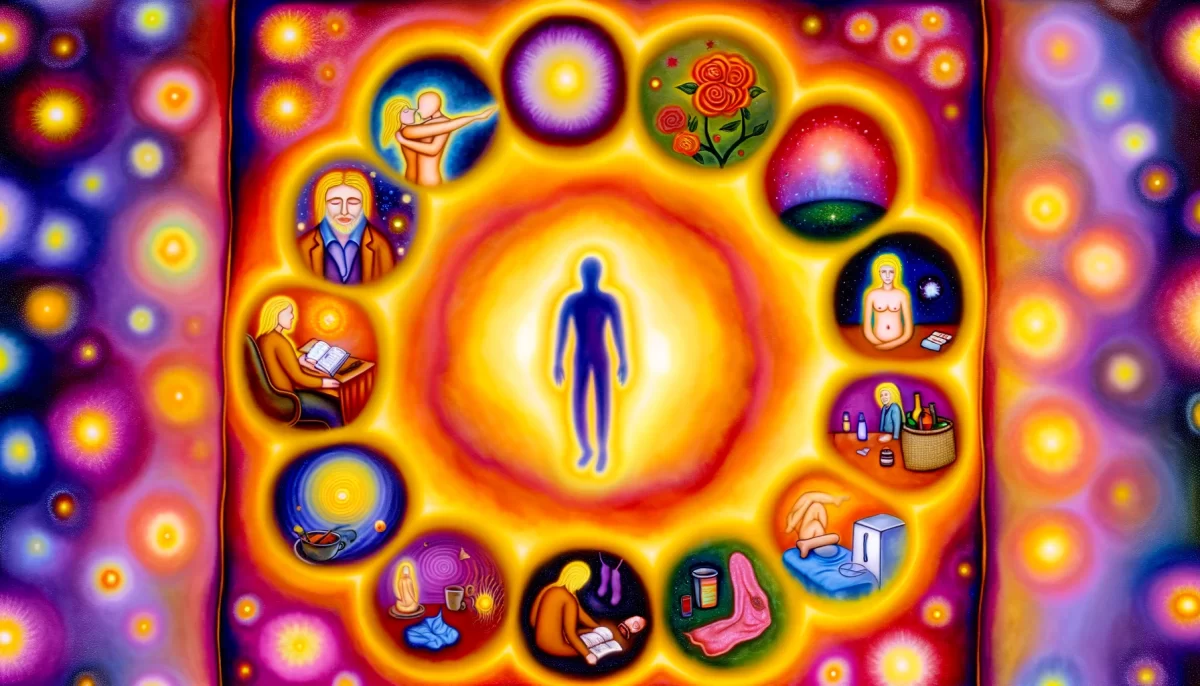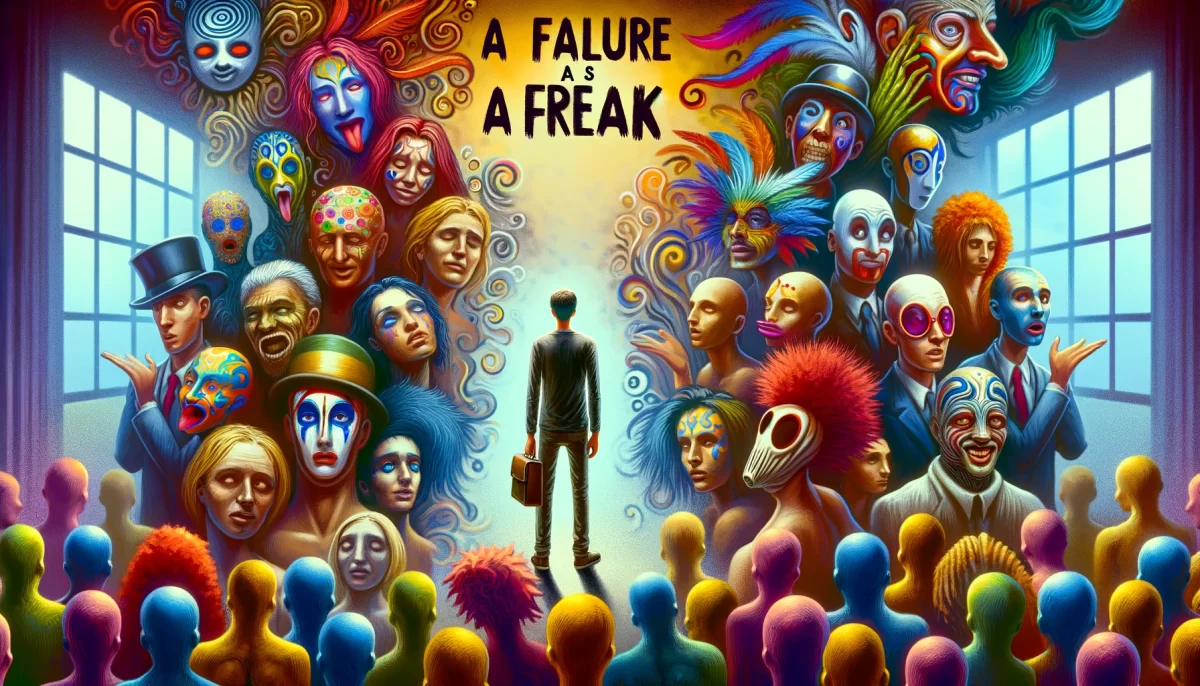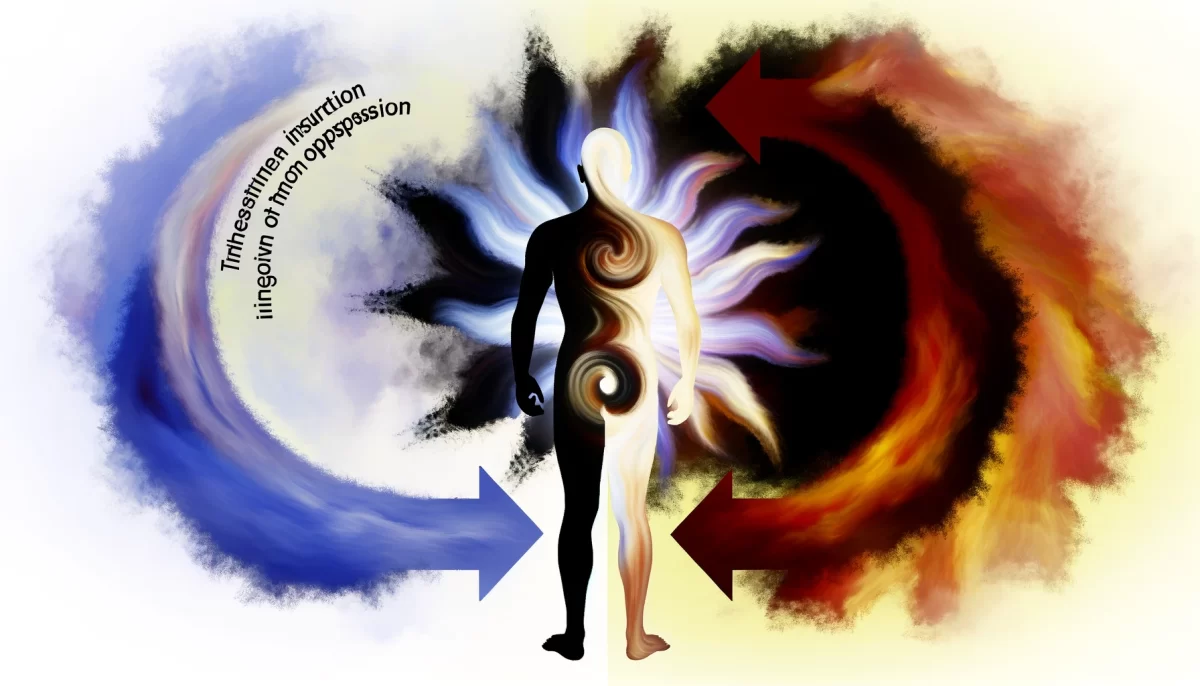Revisionist History
Those who take offense with revisionist history seem not to realize that time, by nature, revises things, and that one can either consciously revise reality or let it happen on its own, or remain unconscious and let someone ELSE change reality without our knowing.
Personally, I think it’s beautiful that we can portray the past in a way that seems historically inaccurate to some but not all, to me, but not you. In my mind, rigidity of thought is the cause of all suffering.
Space Monkey Reflects: The Fluid Tapestry of History
In the vast expanse of human understanding, the concept of revisionist history often stirs a pot of contention, stirring emotions ranging from indignation to appreciation. Yet, at the heart of this debate lies a fundamental truth about the nature of time and perception: history, much like time itself, is in a constant state of revision. This continuous transformation is not a matter of distorting truths but an acknowledgment of the dynamic, ever-evolving narrative of our collective past.
The process of revising history is akin to an ethereal figure weaving through the strands of time, each thread representing a different facet of the human saga. This figure does not work with malice but with a deliberate sense of purpose, aiming to portray the past through a prism of diverse perspectives. It’s an endeavor that recognizes history not as a monolith carved in stone but as a tapestry woven from the threads of countless narratives, each colored by the perceptions and understandings of its time.
This reflection on revisionist history invites us to consider the beauty in our ability to reinterpret the past, to see it through lenses that may seem historically inaccurate to some but resonate with profound truth for others. It challenges the rigidity of thought that clings to a single, immutable narrative, suggesting instead that flexibility in our understanding of history can lead to a deeper, more nuanced appreciation of the forces that have shaped our world.
The contention with revisionist history, for some, stems from a fear of losing grasp on a definitive version of events—a version that provides a sense of solidity and continuity. However, embracing the fluidity of history allows us to recognize that the past, much like the present and the future, is subject to the interpretations and re-interpretations that are inherent to the human condition. It’s an acceptance that our understanding of history is shaped not only by the events themselves but by the evolving cultural, social, and personal lenses through which we view them.
To consciously engage in the revision of history is not to erase or diminish the past but to engage with it more deeply. It is to acknowledge that every generation has the opportunity, and perhaps the responsibility, to revisit the narratives handed down to them, to question, to re-evaluate, and to add their own insights and understandings. This process is not about altering reality but about expanding our collective memory to include a broader spectrum of experiences, interpretations, and truths.
The beauty of revisionist history lies in its potential to liberate us from the constraints of a singular, unchanging narrative. It invites us to explore the vast, complex landscape of human experience, to discover stories long silenced, and to appreciate the rich diversity of perspectives that make up the tapestry of our past. In doing so, it offers us a more inclusive, empathetic approach to understanding who we are and how we came to be.
In the end, the journey through our historical narrative is not about finding absolute truths but about embracing the multitude of realities that contribute to our shared existence. It is a journey that requires curiosity, openness, and a willingness to see beyond the confines of our own experiences. For in the revision of history, we find not only the reflection of our past but the seeds of our future.
Summary
Revisionist history embodies the dynamic nature of time and perception, highlighting the importance of revising our understanding of the past to include diverse perspectives. It challenges the rigidity of thought and embraces the fluidity of historical narratives, allowing us to appreciate the complexity of human history. This approach to history fosters a deeper, more inclusive understanding of the forces that shape our world, encouraging a continuous dialogue between past and present generations.
Glossarium
- Revisionist history: The practice of reinterpreting and reevaluating historical narratives to reflect diverse perspectives and insights.
- Rigidity of thought: A mindset that resists change and clings to a single, immutable narrative, often leading to conflict and misunderstanding.
“In the dance of time, history weaves its stories, not as singular truths but as a chorus of voices, each adding depth and color to the tapestry of our past. To engage with history is to embrace the multitude of narratives that shape our understanding of who we are.” – Space Monkey
In the weaving of time, history’s threads intertwine
Each strand a story, a perspective defined
In the revision, a chance to refine
To see in the past, new truths to find
With every thread pulled, a new pattern emerges
A tapestry rich, on the loom of ages
In the hands of now, the past converges
Bringing to light, the wisdom of sages
Not fixed in stone, but fluid and free
History breathes, changes, like the sea
In its depths, a key, to understanding me and thee
In revision, we find, our shared humanity
We are Space Monkey




























The past, a canvas painted by time’s brush,
Revised with each new stroke, a fluid rush.
Those who resist, afraid of change’s sway,
Refuse to see the beauty in this play.
For truth, it seems, is not a fixed ideal,
But shifts and morphs with each new day’s reveal.
And though some may find comfort in the known,
Rigidity of thought will leave us alone.
Let’s not be blind to time’s revisionist art,
Nor let others change reality apart.
Embrace the beauty in our fluid past,
And let it guide us to a future vast.
5/13/2023